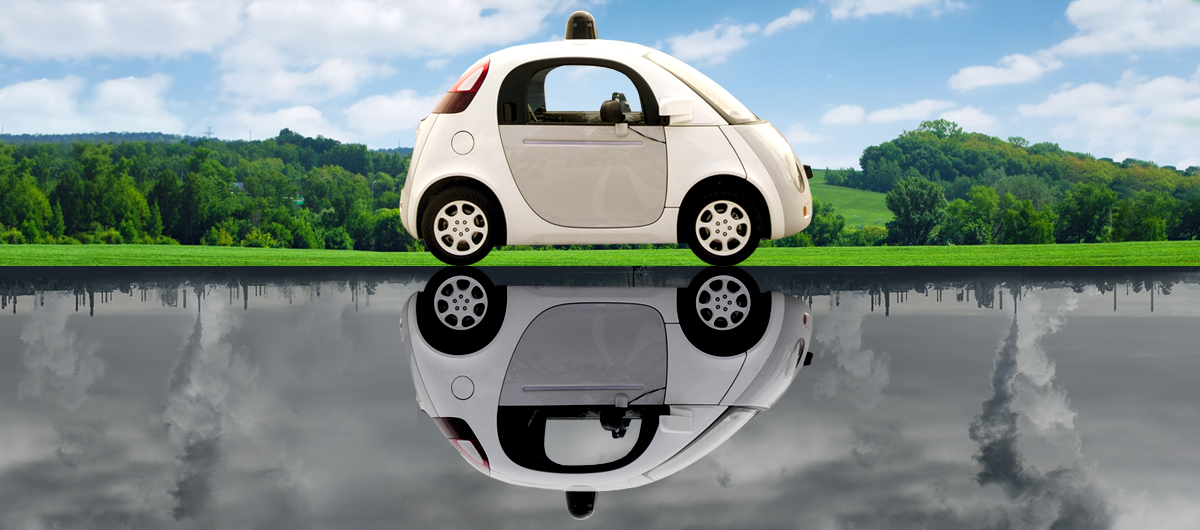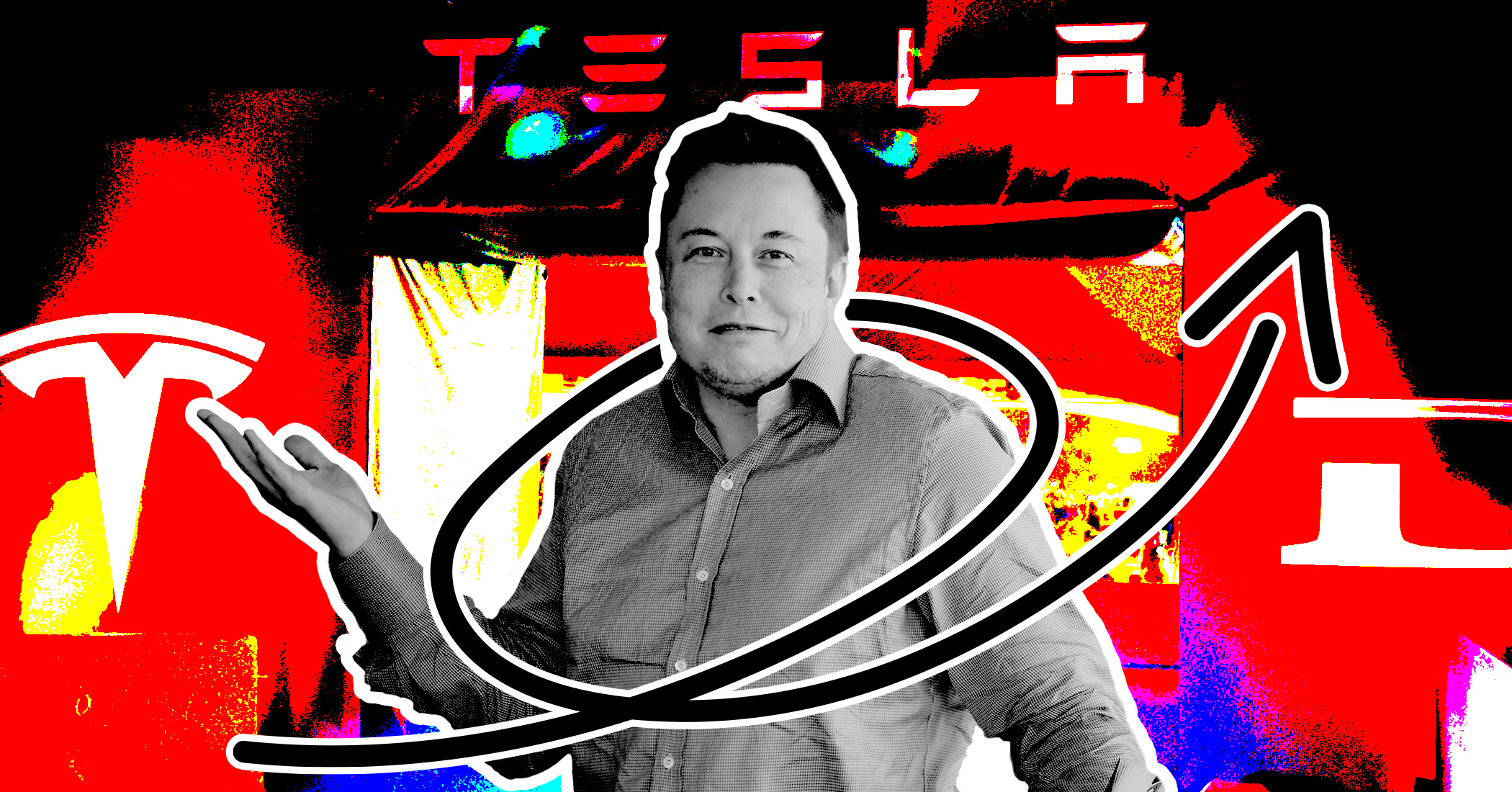Driverless cars are so overhyped
Nearly all the benefits associated with them — from faster commutes to cleaner air — actually depend on ride-sharing and electric engines, not driverless technology


The driverless car era is supposedly almost upon us. With companies from Uber to GM already testing autonomous vehicles on the road, and Congress on the verge of passing laws to encourage more experimentation, utopians predict American car culture is about to be disrupted for the better. Faster commutes, less congestion, less pollution, and better designed cities are all said to be just around the corner.
It sure sounds appealing, but there's one problem: It's completely overhyped.
The thing about driverless cars is that few people speak about them with specificity. When you read articles about autonomous vehicles, two assumptions are almost always made: First, that driverless cars will lead to near-universal ride-sharing and a massive drop in private car ownership. Second, that driverless cars are always electric. Nearly all the benefits we associate with driverless cars — from faster commutes to cleaner air — actually depend on these two assumptions coming true. And it's simply not clear they will.
The Week
Escape your echo chamber. Get the facts behind the news, plus analysis from multiple perspectives.

Sign up for The Week's Free Newsletters
From our morning news briefing to a weekly Good News Newsletter, get the best of The Week delivered directly to your inbox.
From our morning news briefing to a weekly Good News Newsletter, get the best of The Week delivered directly to your inbox.
Let's start with the idea that driverless cars will lead to quicker commutes and less congestion. That just sounds like common sense. After all, computers coordinating with each other will simply be better than fallible humans at driving vehicles around efficiently. This should get cars off the road.
But here's the problem: Autonomous vehicles will also make riding in cars a lot more attractive to populations who don't usually get behind the wheel.
Think of older people and retirees. It's not a perfect analogy, but a U.C. Berkeley transportation engineer named Joan Walker figured that having a driverless car is a lot like having a chauffer-driven car. So she ran an experiment that gave a free chauffer to a small group of test subjects, and then tracked their behavior. The total number of miles they logged jumped by 76 percent. You can see this paradoxical response in other ways, too: When highways are expanded, it usually doesn't reduce traffic. More drivers just hit the road to take advantage of the additional space.
The Institute for Transportation and Development Policy gamed out various scenarios in a 2017 paper. They found that whatever gains driverless technology brings in efficient movement and commutes will be swamped by the increase in traffic — unless society's reliance on ride-sharing massively increases as well.
A free daily email with the biggest news stories of the day – and the best features from TheWeek.com
So how likely is that? Barring government intervention, not very. We have ride-sharing already and the way people use it isn't encouraging. Data shows that ride-sharing isn't really replacing current travel and commuting habits so much as supplementing them. It's mainly used in downtown cores and on weekends. Because most parking remains free, congestion pricing is extremely rare, and gas is relatively cheap, there just aren't clear incentives for most consumers to rely on shared car fleets. The advent of driverless technology by itself won't change that calculus.
That said, there is one way driverless technology could boost ride-sharing: Removing the driver would dramatically cut costs for ride-sharing services. It's no guarantee that companies would then pump those savings into more investment and lower costs for consumers. But if they did, it could make a real difference.
That brings us to the next great promise of autonomous vehicles: substantial decreases in carbon emissions.
Again, this result is far from clear. Since driverless cars would not, by themselves, lead to fewer total miles traveled in cars, almost all of the reduction in carbon emissions has to come from using more electric vehicles. But why do we assume autonomous cars will be electric?
There's a common belief that driverless technology and electric engines are an inevitable pairing: For engineering reasons, it's true that it's somewhat easier to create a driverless electric car than a driverless gas guzzler. But that's an incentive — and a relatively weak one — for car makers; getting consumers on board is a separate matter. Ostensibly, electric cars ought to be preferable already based on fuel costs. But adoption remains slow. To make electric vehicles convenient for most people, electric vehicle range needs to be lengthened substantially and charging stations set up all over the country. It's not clear how long that will take to happen. In fact, driverless technology is at the moment a big power hog, making battery improvements more difficult. Plus, addressing the charging infrastructure problem will probably require a push from the government, whether through public investment or new building codes requiring widespread availability of charging outlets in parking facilities. It's very hard to see the current administration — or any Republican government, for that matter — giving that kind of nudge.
Finally, let's set aside the distinction between driverless technology, electrification, and ride-sharing. There's another problem: The conversation on autonomous cars is getting way out ahead of the technology.
Right now, a driverless car essentially means glorified cruise control. A driver can switch on the technology under certain circumstances, but it has to be ready to take the wheel. Companies are hopeful they can get to so-called "Level 4" technology in the next five years or so, which will make the cars far more independent. But even Level 4 cars have their limits: They don't do well in bad weather conditions, or with poorly designed signs and road markings, or with unexpected obstacles like construction sites. They operate much better around other driverless cars, which are much more predictable than pedestrians, bikers, and human-driven vehicles.
True Level 5 driverless technology, which could take you from your doorstep to your destination, and safely handle whatever the world throws at it in between, is still many decades away.
In the meantime, making large-scale use of whatever driverless technology we get will require upending our existing infrastructure: Highways and roads will need to be specifically designed and exclusively reserved for autonomous cars, for example. This would be a particularly big problem for neighborhoods and downtowns, since making them friendly for driverless cars would require making them distinctly unfriendly to everything else.
Ultimately, you could ask if we really need driverless technology at all. What will usher in a utopia is more electrification, green energy, ride-sharing, and public transit (particularly of the subway and train and rail variety). Driverless technology could push us in that direction, but all those things will more likely require government decisions, big investments, and significant changes in our lifestyles.
What we ultimately seem to think driverless cars will save us from isn't pollution, congestion, or bad urban design. It's hard choices.
Jeff Spross was the economics and business correspondent at TheWeek.com. He was previously a reporter at ThinkProgress.
-
 In Suriname, the spectre of Dutch slave trade lingers
In Suriname, the spectre of Dutch slave trade lingersUnder the Radar Dutch royal family visit, the first to the South American former colony in nearly 50 years, spotlights role of the Netherlands in transatlantic trade
-
 Political cartoons for December 7
Political cartoons for December 7Cartoons Sunday’s political cartoons include the Trump-tanic, AI Santa, and the search for a moderate Republican
-
 Trump’s poll collapse: can he stop the slide?
Trump’s poll collapse: can he stop the slide?Talking Point President who promised to ease cost-of-living has found that US economic woes can’t be solved ‘via executive fiat’
-
 How do you solve a problem like Facebook?
How do you solve a problem like Facebook?The Explainer The social media giant is under intense scrutiny. But can it be reined in?
-
 Microsoft's big bid for Gen Z
Microsoft's big bid for Gen ZThe Explainer Why the software giant wants to buy TikTok
-
 Apple is about to start making laptops a lot more like phones
Apple is about to start making laptops a lot more like phonesThe Explainer A whole new era in the world of Mac
-
Why are calendar apps so awful?
The Explainer Honestly it's a wonder we manage to schedule anything at all
-
 Tesla's stock price has skyrocketed. Is there a catch?
Tesla's stock price has skyrocketed. Is there a catch?The Explainer The oddball story behind the electric car company's rapid turnaround
-
 How robocalls became America's most prevalent crime
How robocalls became America's most prevalent crimeThe Explainer Today, half of all phone calls are automated scams. Here's everything you need to know.
-
 Google's uncertain future
Google's uncertain futureThe Explainer As Larry Page and Sergey Brin officially step down, the company is at a crossroads
-
 Can Apple make VR mainstream?
Can Apple make VR mainstream?The Explainer What to think of the company's foray into augmented reality
